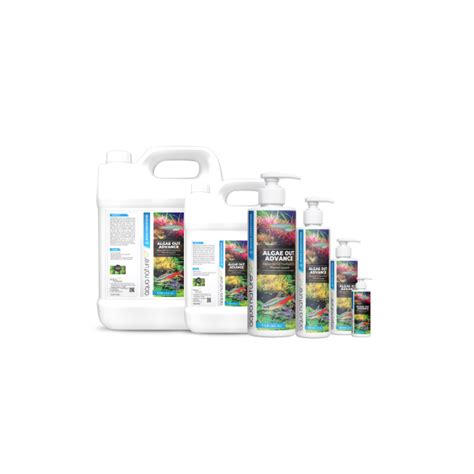Stop Algae Growth: The Exact Algaecide Measurement for a Sparkling Clean Pool or Pond
Algae. The bane of any pool or pond owner's existence. That unsightly green film not only ruins the aesthetics but also poses potential health risks. While regular maintenance helps, sometimes you need the heavy artillery: algaecides. But how much algaecide is too much? And how much is actually enough? Getting the exact measurement right is crucial for effective algae control without harming aquatic life or damaging your equipment. This guide will help you understand the precise application of algaecides for a sparkling clean water feature.
Understanding Algaecides and Their Types
Before diving into measurements, let's clarify the types of algaecides available. Different algaecides target specific types of algae and have varying strengths. Common types include:
- Copper-based algaecides: These are effective against a wide range of algae but require careful application to avoid copper buildup, which can be toxic to aquatic life at high concentrations.
- Quaternary ammonium compounds (Quats): These are generally considered less toxic to fish and plants, making them suitable for ponds. However, they may be less effective against certain stubborn algae species.
- Non-copper algaecides: This broad category includes various chemicals like polyquat algaecides that offer a copper-free solution with varying effectiveness.
- Natural algaecides: Options like hydrogen peroxide or barley straw extract offer more environmentally friendly approaches but might require more frequent applications.
Choosing the right algaecide depends on several factors, including the type of algae present, the size of your water body, and the presence of aquatic life. Always read the product label carefully for specific instructions and safety precautions.
How to Determine the Correct Algaecide Measurement
There's no one-size-fits-all answer to the question of how much algaecide to use. The correct dosage depends on several key factors:
- Product concentration: Algaecides come in various concentrations. A higher concentration means you'll need less product per unit of water volume. Always check the label for the precise concentration of the algaecide you are using. This is usually expressed as a percentage or ppm (parts per million).
- Water volume: This is paramount. Accurately estimating the volume of your pool or pond is critical. For pools, you can often find calculators online that use length, width, and average depth. For ponds, it’s more complex and may require multiple measurements and estimations.
- Algae severity: A light algae bloom will require a lower concentration than a heavy infestation. Start with the manufacturer's recommended dosage for light infestations and increase gradually if needed. Observe closely for results and adjust accordingly.
- Water circulation: Proper water circulation helps distribute the algaecide evenly throughout the water body, ensuring effective treatment. Insufficient circulation can lead to uneven distribution and reduced effectiveness.
Always follow the manufacturer’s instructions meticulously. The label will specify the recommended dosage for the particular product you've selected. This is usually expressed in gallons per 10,000 gallons of water, ounces per gallon, or ppm.
Frequently Asked Questions
How often should I apply algaecide?
The frequency of application depends on the severity of the algae problem, the type of algaecide used, and weather conditions. Some algaecides provide long-lasting effects, while others require more frequent applications. Always refer to the product instructions for specific recommendations. Regular maintenance, such as proper filtration and water balance, can help reduce the frequency of algaecide application.
What are the signs of algaecide overdose?
Signs of algaecide overdose can vary depending on the type of algaecide used. However, common signs may include dead or stressed aquatic plants and animals, cloudiness or discoloration of the water, and a strong chemical odor. If you suspect an overdose, immediately take action to dilute the water (if possible) and consult a water treatment professional.
Can I mix different algaecides together?
It’s generally not recommended to mix different algaecides without consulting the manufacturers of the specific products. Mixing incompatible chemicals can lead to dangerous reactions and reduced effectiveness. It’s best to use a single algaecide as directed on the product label.
What should I do if I have a severe algae problem?
For severe algae problems, it's advisable to contact a pool or pond professional. They can provide a proper diagnosis, recommend appropriate algaecides, and assist with application. Attempting to address a severe algae problem with excessive algaecide can be more harmful than beneficial.
Are algaecides harmful to humans and pets?
Most algaecides are harmful if ingested or if direct contact with concentrated solutions occurs. Always wear appropriate protective gear during application, and keep children and pets away from the treated water until the algaecide has fully dissipated, according to the manufacturer's guidelines.
By carefully following the instructions, understanding the factors influencing dosage, and addressing any concerns proactively, you can effectively control algae growth and maintain a healthy and beautiful aquatic environment. Remember, prevention is always better than cure – regular maintenance and water testing are key to preventing algae outbreaks altogether.

